/https://storage.googleapis.com/s3-autonomous-upgrade-3/static/upload/images/new_post/avoid-these-mistakes-while-cleaning-your-home-office-935.jpg)
Avoid These Mistakes While Cleaning Your Home Office
Now more than ever, it’s important to keep your home office space hygienic and sanitary to reduce illness and most importantly, mitigate the spread of COVID-19 in your home. So what are some common mistakes to avoid? Read on for our complete guide on how you can keep your office and clean as possible for everyone’s health and happiness.
In the age of COVID-19, we have been encouraged to pay extra attention to keeping the surfaces in our lives clean that might normally go unnoticed. In addition to practicing social distancing, washing hands frequently, and wearing a mask in public, an important step will be regularly cleaning often-touched surfaces to curb the spread of germs.
In a study by the U.S. National Institutes of Health (NIH), researchers found that the virus which causes COVID-19 can live for up to 4 hours on copper, up to 24 hours on cardboard, and up to 3 days on stainless steel and plastic surfaces. Regularly cleaning and disinfecting commonly touched surfaces in your home and office is a crucial step in combatting the pandemic.
Much attention has already been paid to cell phones and tablets, which are frequently touched in between other activities. Scientists at the University of Arizona found that a smart phone screen is about 10 times dirtier than a toilet seat.
But other commonly touched surfaces may be overlooked, such as tables, countertops, doorknobs, light switches, and faucet handles. And then there’s the place you spend most of your weekdays without necessarily noticing—your work space.
Aside from minimizing your risk of exposure to bacteria and viruses, regularly cleaning and organizing your work space can also increase your productivity. Below are your tips for getting a deep clean in the environment where your hands regularly touch many surfaces.
Note that if your work place or business has been unoccupied for 7 days or more, it will only need your normal routine cleaning rather than a deep clean, since the virus that causes COVID-19 has not been shown to survive on surfaces longer than this time.
Your Cleaning Supply Kit
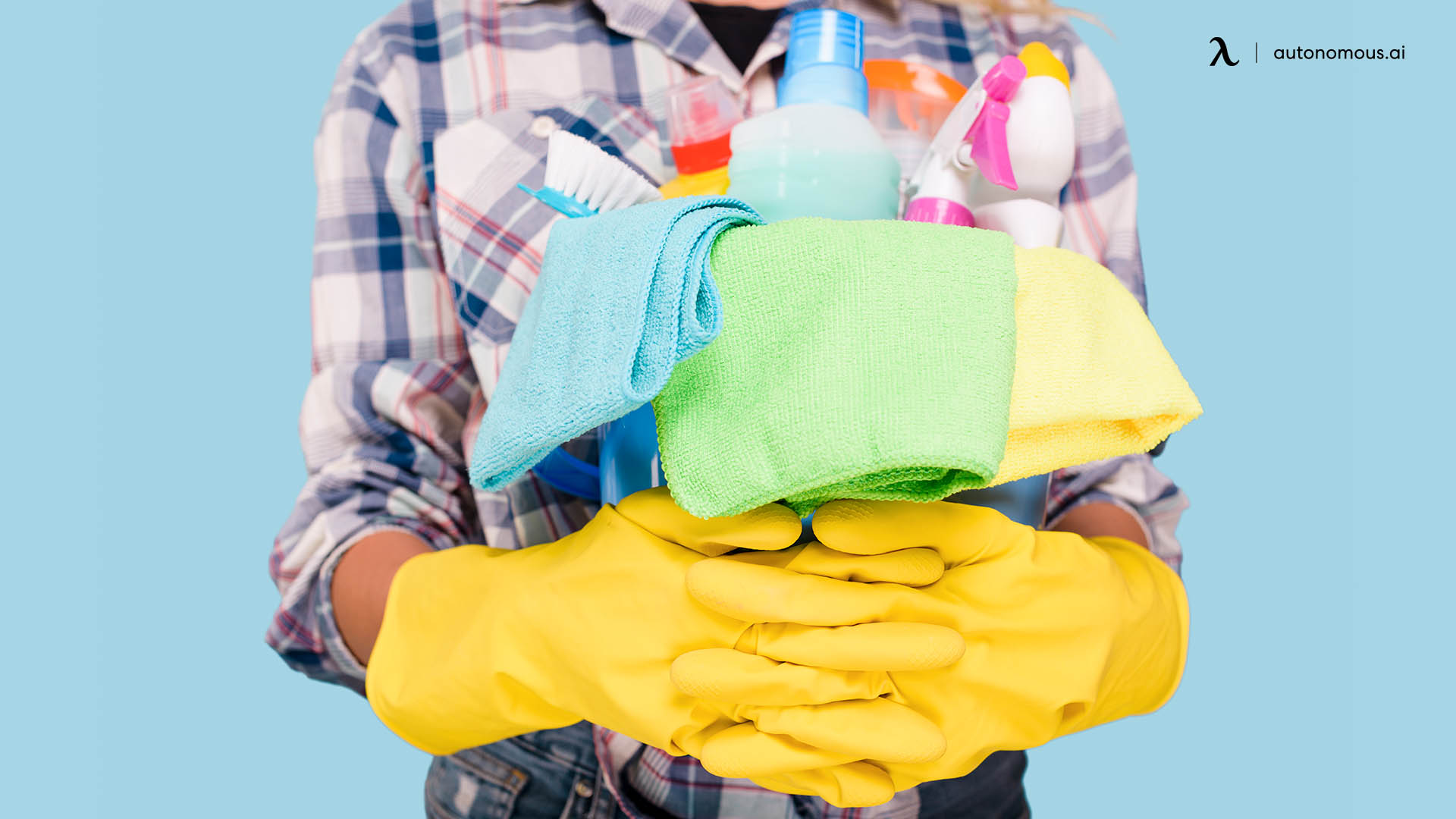
- Soap
- Disinfectant wipes
- Disinfectant spray/solvent (especially EPA-approved products to minimize environmental impact, as available)
- Rags or sponges (with paper towels as necessary, though these can be harmful to the environment), regularly replacing with use
- Latex gloves if using bleach or other chemical solvents
- Duster, ideally with long handle to reach high spots
- Hand sanitizer with at least 60% alcohol content to wash hands when soap and water are unavailable
Setting the Stage
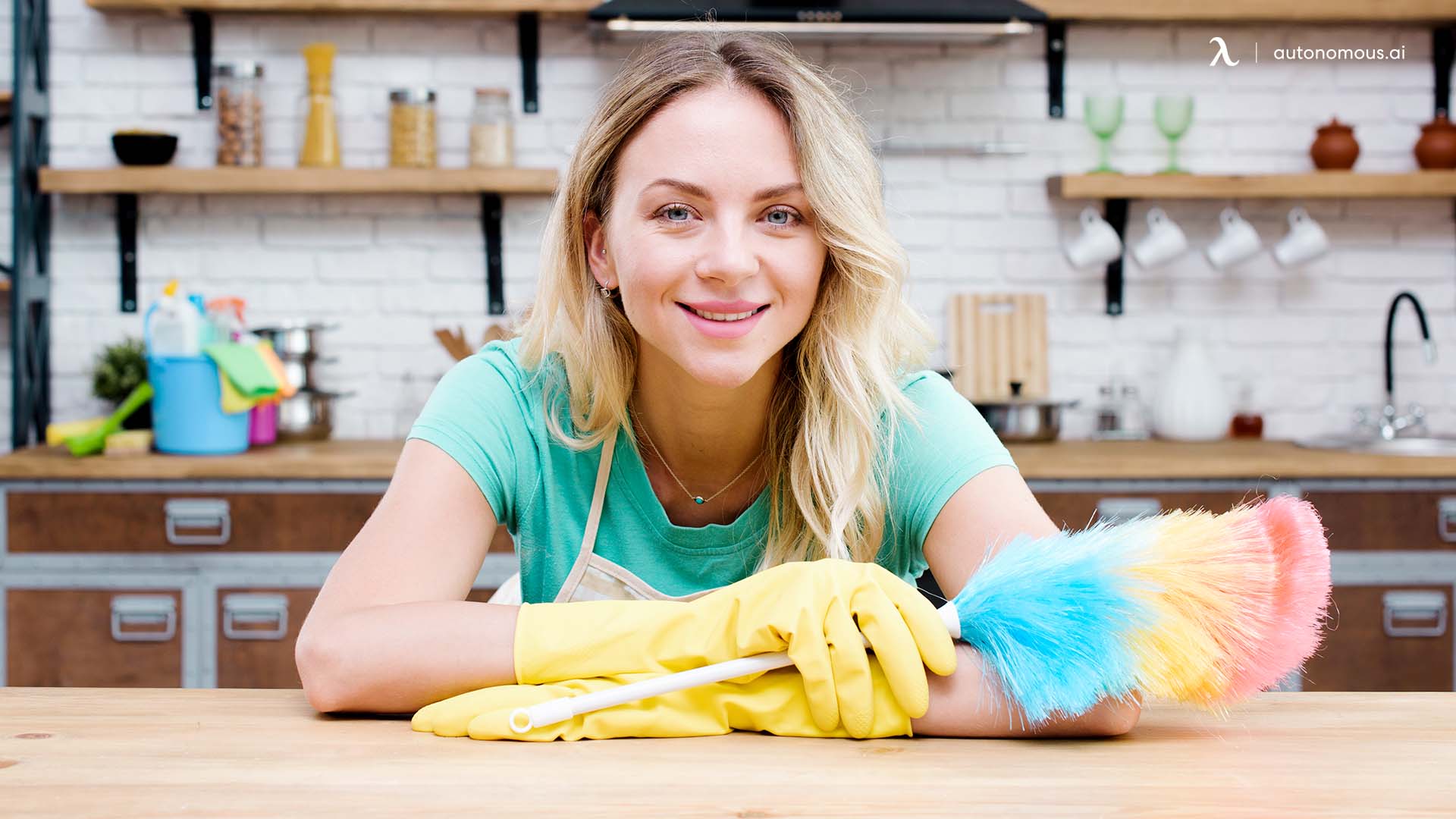 Before going at your office area with liquids and sprays, start with a thorough dusting. Start at the top of the room and work down when dusting: ceiling light fixture, corners where walls meet the ceiling, shelves, pictures, artwork, then furniture.
Before going at your office area with liquids and sprays, start with a thorough dusting. Start at the top of the room and work down when dusting: ceiling light fixture, corners where walls meet the ceiling, shelves, pictures, artwork, then furniture.
The U.S. Centers for Disease Control (CDC) recommends cleaning visibly dirty surfaces with soap and water prior to disinfection to remove dirt, so that you are not spreading it around while using solvents.
Computer Keyboard
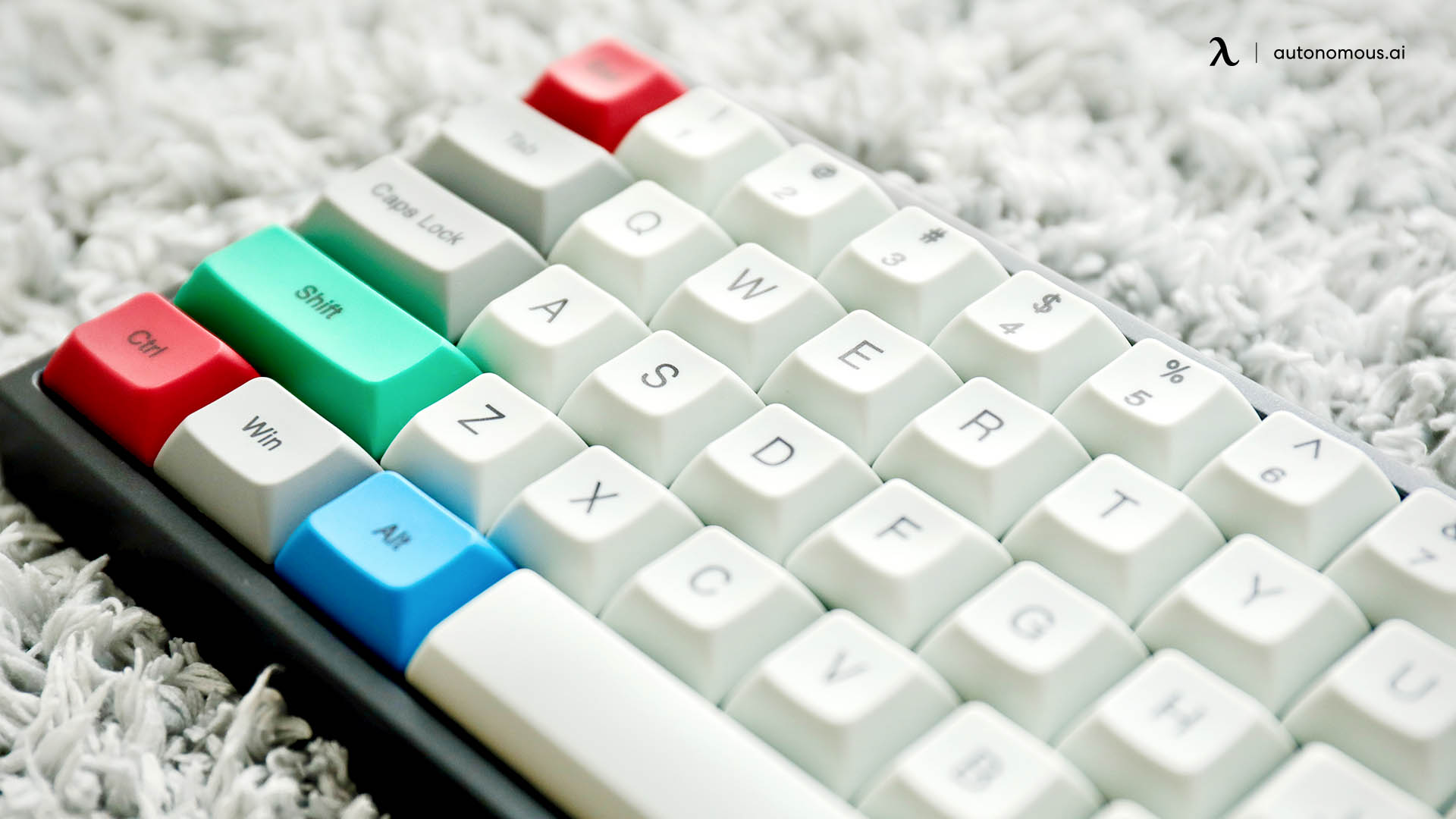
We’re all guilty of typing away in between bites of lunch, but computer keyboards are estimated to have up to 5 times the germs of a toilet seat, according to a study published in the International Journal of Environmental Research and Public Health.
To clean it, shut down the computer or laptop before cleaning so you do not accidentally affect whatever you’re working on. Shake out the keyboard outside or over a trash can to get random crumbs and gunk out.
Use a can of aerosol compressed air to force the remaining dust and food particles out from behind the keys. If you don’t have an aerosol spray, you can try folding a sticky note in half with the sticky side facing out and run it through the cracks in your keyboard to collect gunk.
Finally, use a cotton swab dipped in sanitizer or an antibacterial wet wipe and swap all along the keyboard, including the sides and underneath. And don’t forget your mouse! The mouse may even get more hand touching than your keyboard.
If the dirt and COVID-19 risks weren’t enough motivation, here are some extra reasons you should clean your computer keyboard ASAP.
Computer Screen
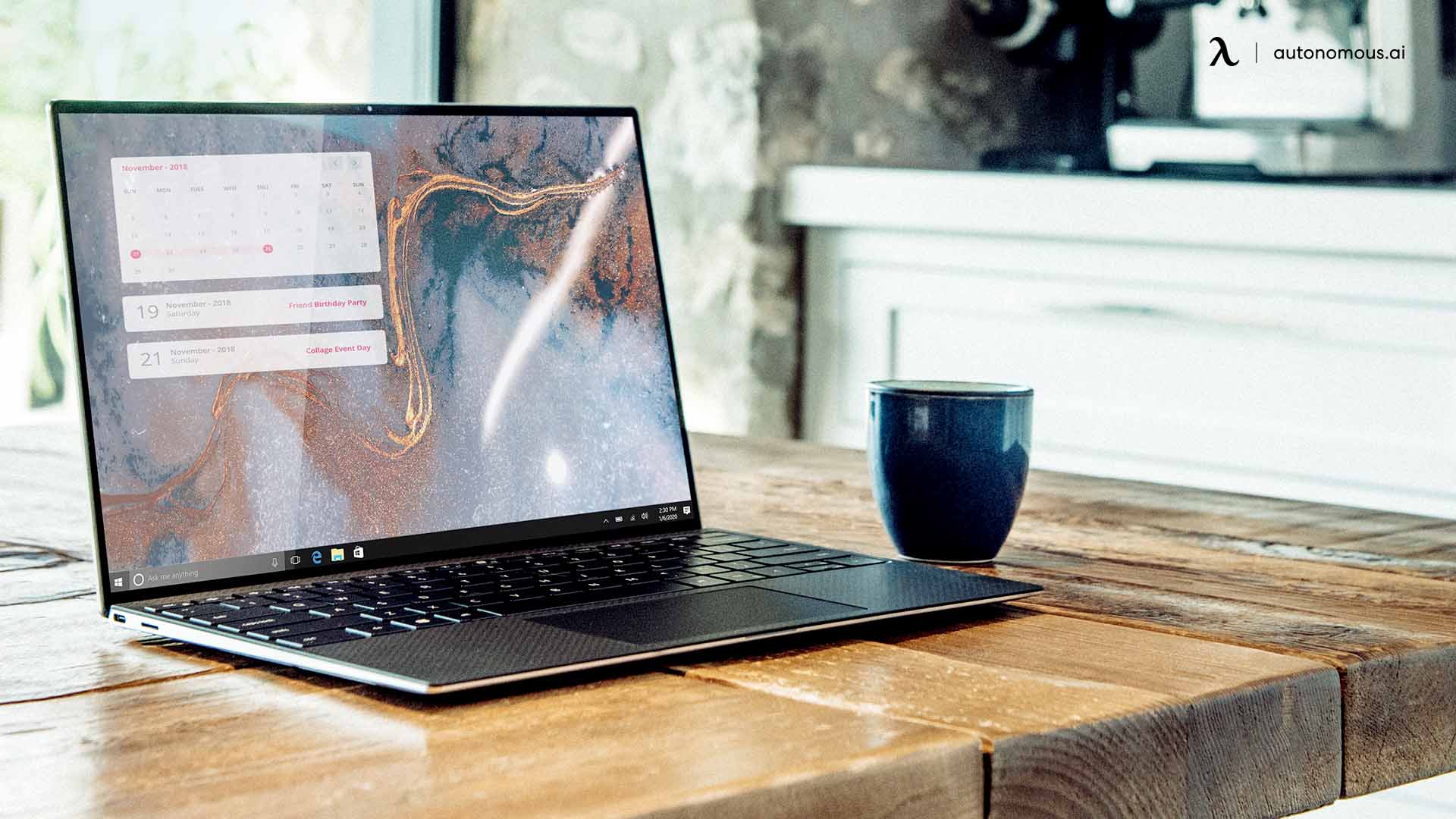
Give your eyes a break from the smudged screen, and your immune system a break from dust and pathogens.
Turn off the monitor—or for a laptop, shut down or use sleep mode—and wipe the screen with a damp microfiber cloth. Use a glass cleaner on a cloth to remove all smudges and streaks from the screen.
Office Desk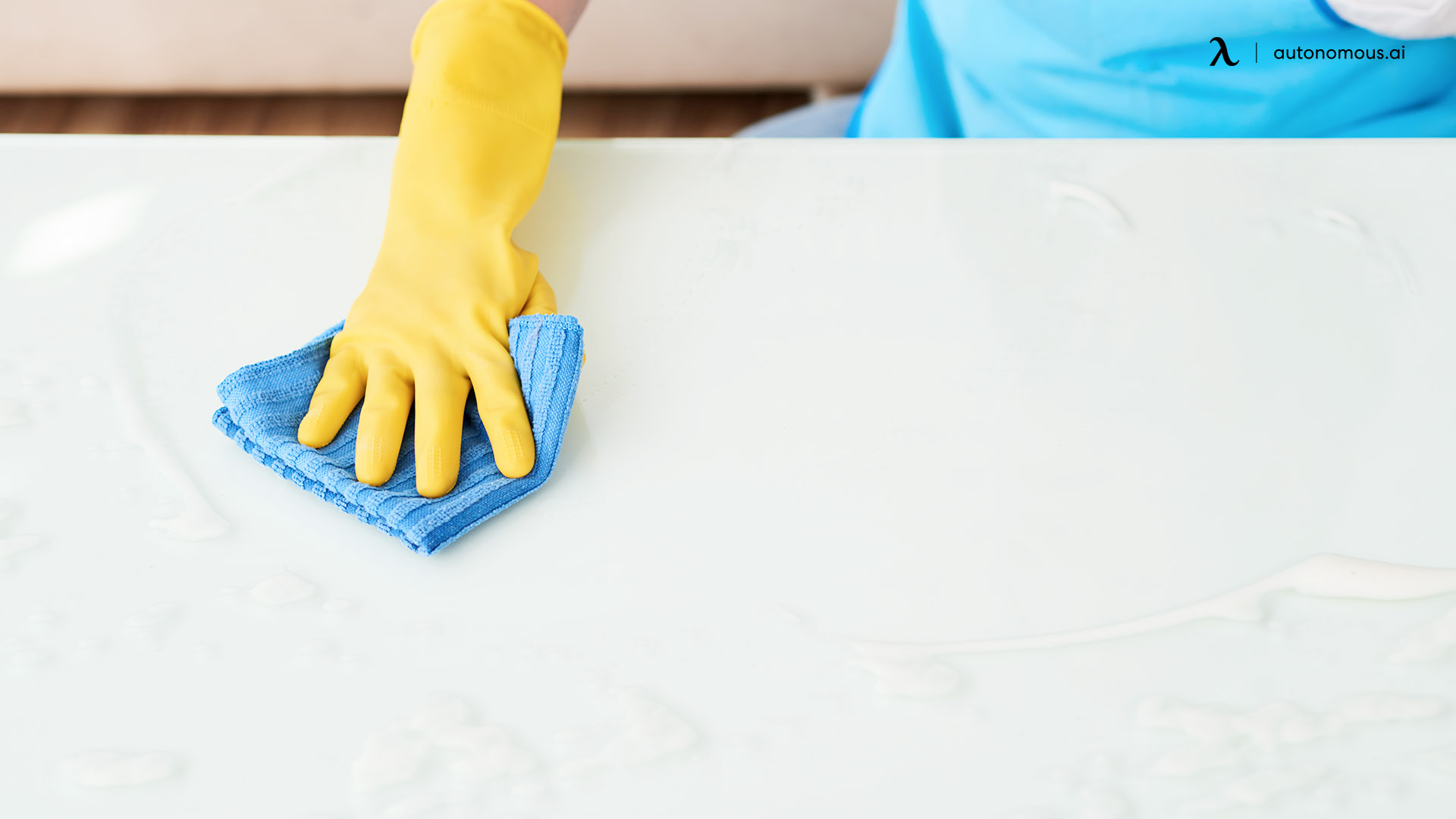
Take everything off your desk and give it a good wipe down. Once every 2-4 weeks, remove all items from the drawers and clean the inside of the drawers as well.
The underneath of a desk can also get messy and dusty. Wipe down the legs of the desk and any dusty cords that live there.
Don’t get complacent with your cleaning routine, and don’t get complaining with your work desk. Cleaning and organizing your desk for productivity is pointless if you’re using a cheap desk or one not designed to optimize for your work.
Think of the SmartDesk 2 Home Office as a baseline for a high-quality work desk, which can be used as a standing desk or sitting desk with extra flexibility and ergonomic design. You can even step up your fitness alongside your productivity with creative desk usage.
Cords and Chargers
Don’t forget about the dust collectors hanging from your desk! After a few wipes, you may be surprised at how much grime has built up. Sanitizing is especially important for the cords you touch often, such as phone chargers, since these will have more bacteria transferred from your hands.
Carpet, Rug, or Seat Cushion
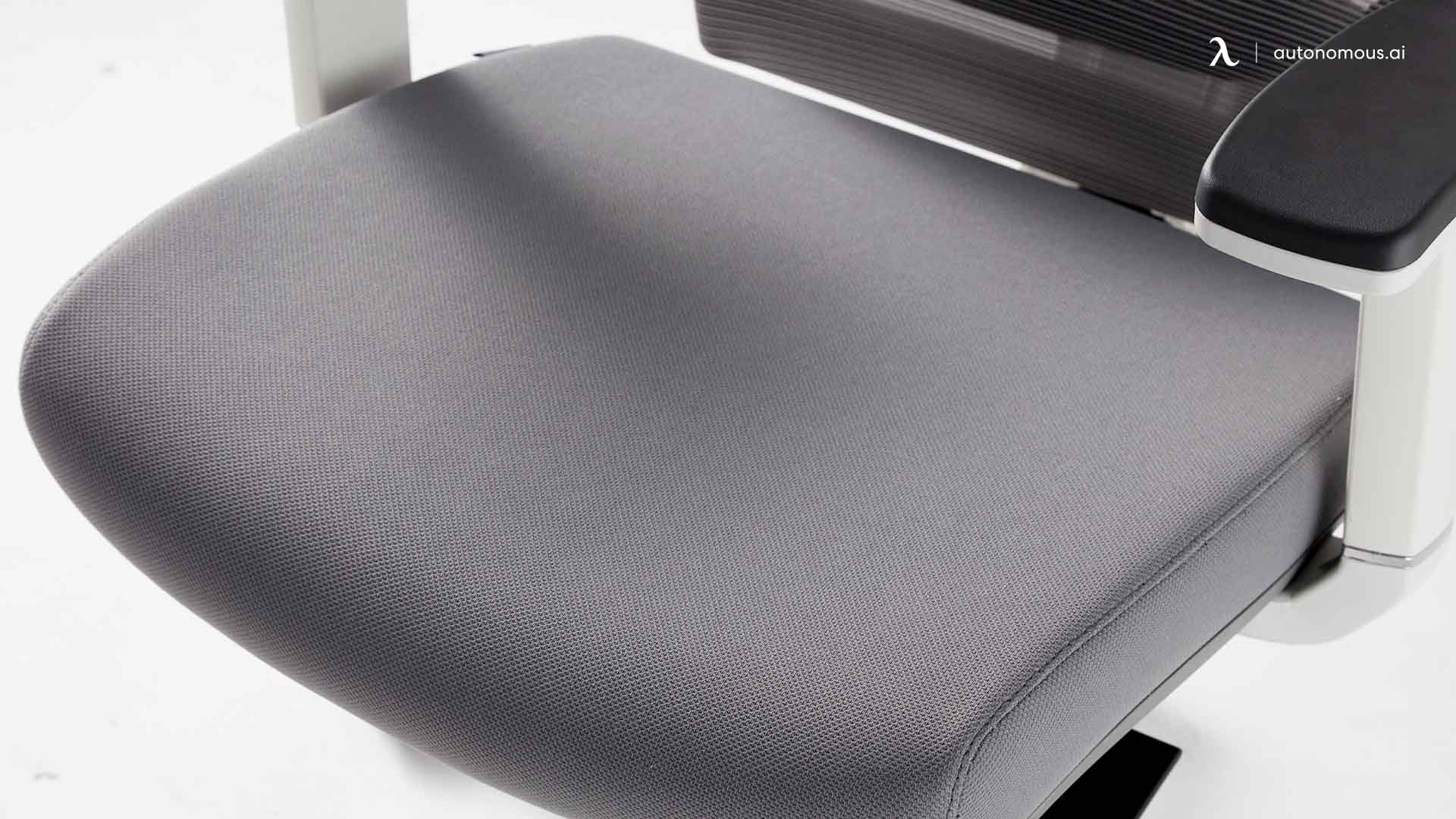
Up to 200,000 bacteria live in each square inch of carpet (nearly 700 times more than on your toilet seat), potentially including E. coli, staphylococcus, and salmonella, according to NYU microbiologist and immunologist Philip M. Tierno, PhD, author of The Secret Life of Germs.
Before you wash an area rug or deep-clean a carpet, take the time to vacuum to eliminate dust and larger particles. Maid services commonly sprinkle some baking soda on the carpet and let it absorb odors before vacuuming.
The U.S. Environmental Protection Agency (EPA) has listed a limited number of products approved for disinfection for use on soft and porous materials. Soft and porous materials that are laundry-safe should be using the warmest appropriate water setting, according to the product’s label.
When cleaning the seat cushion, don’t forget the chair itself! Wipe down the arms and legs of your chair to de-dust and sanitize.
To maximize productivity with your cleansed chair, make sure you are achieving the correct posture and angles to minimize back pain with an ergonomically designed chair. Check out this resource for the best ergonomic work chairs under $300, such as the Autonomous MyoChair which provides extra spine, shoulder, and neck support.
Don’t Forget the Floor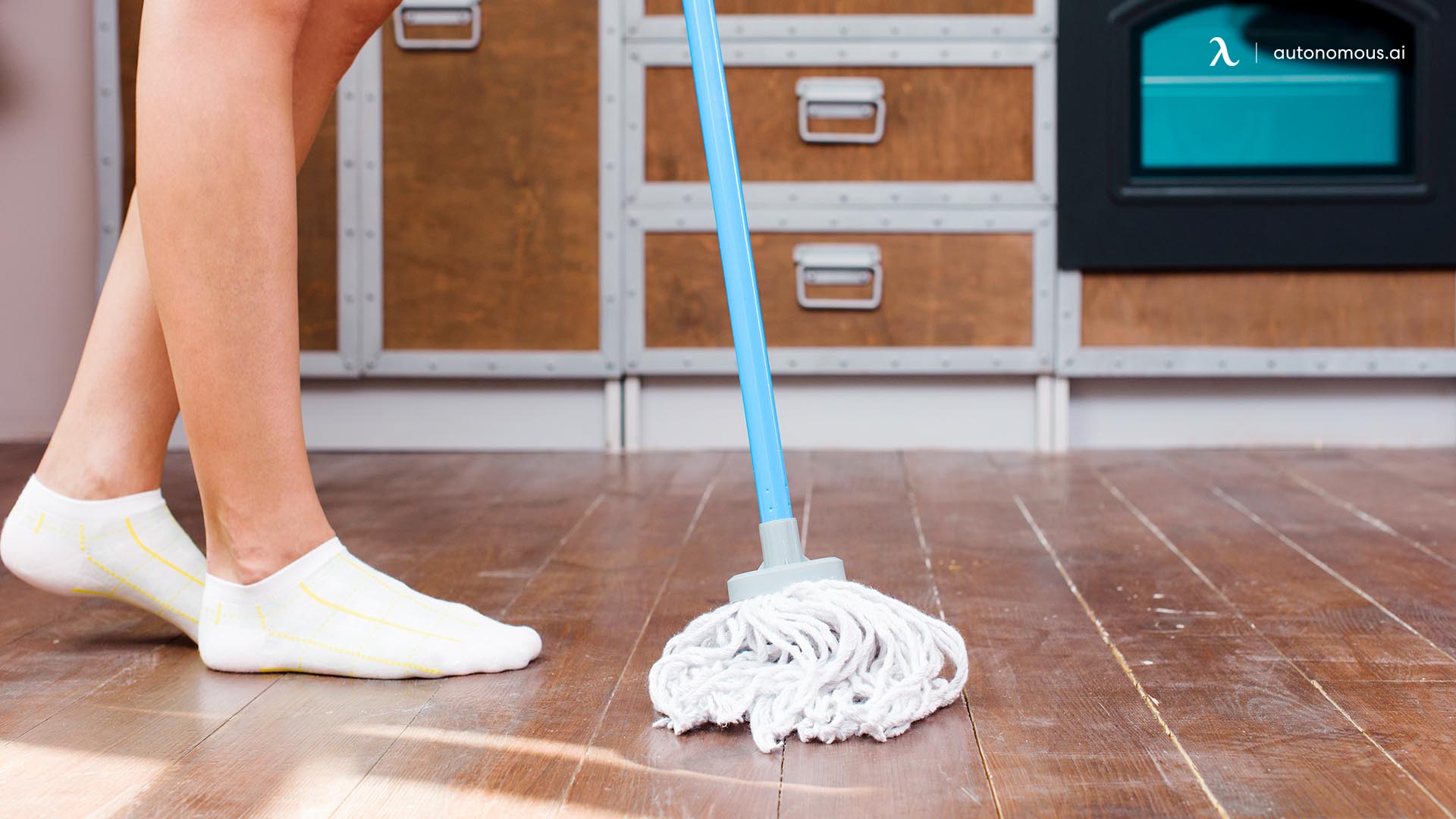
All of that dusting may leave your floor filled with dirt and particles. Sweep and mop the floor with a disinfecting solution regularly, especially to minimize virus exposure to pets and toddlers.
Rag, Cloth, and Sponges
Yes, okay, it sounds insane to clean your cleaning supplies. (In fact, it was even a punchline from the 90’s sitcom Full House.)
When researchers randomly tested 14 used kitchen sponges, they found an insane 45 billion microbes per square centimeter. Dishcloths and sponges harbor the largest amount of E. coli and other fecal bacteria in the average home, mostly because they aren’t replaced as often as they should.
For daily cleansing, place wet sponges in the microwave for two minutes once a day and replace often. You can also replace sponges with dishcloths or rags, especially for household cleaning beyond dishes, as these items can be more easily sanitized by washing in a washing machine or with bleach.
Outdoor Tables
Mostly working from the patio these days? Outdoor areas generally require normal routine cleaning and do not require deep disinfection. Spraying disinfectant on outdoor areas or in public areas/parks is not an efficient use of disinfectant supplies, and has not been proven to reduce the risk of COVID-19 to the public.
Add cleaning reminders to your work calendar, and think of it like a project deliverable which must be regularly completed. (Even blocking off 20-30 minutes on your calendar regularly could drastically reduce virus and bacteria exposure in your home.)
Remember to keep disinfectants and supplies out of reach of children and pets. Check out this Mayo Clinic resource for more information about which unnoticed home surfaces might spread the virus causing COVID-19.
Stay connected with us!
Subscribe to our weekly updates to stay in the loop about our latest innovations and community news!
Spread the word



/https://storage.googleapis.com/s3-autonomous-upgrade-3/production/ecm/230914/bulk-order-sep-2023-720x1200-CTA-min.jpg)

/https://storage.googleapis.com/s3-autonomous-upgrade-3/static/upload/images/new_post_author/molly-stoneman-27.jpg)